Chris Froome's case is 'a heavy blow' says Vuelta a Espana director Guillen
2018 route 'slightly easier' than previous year
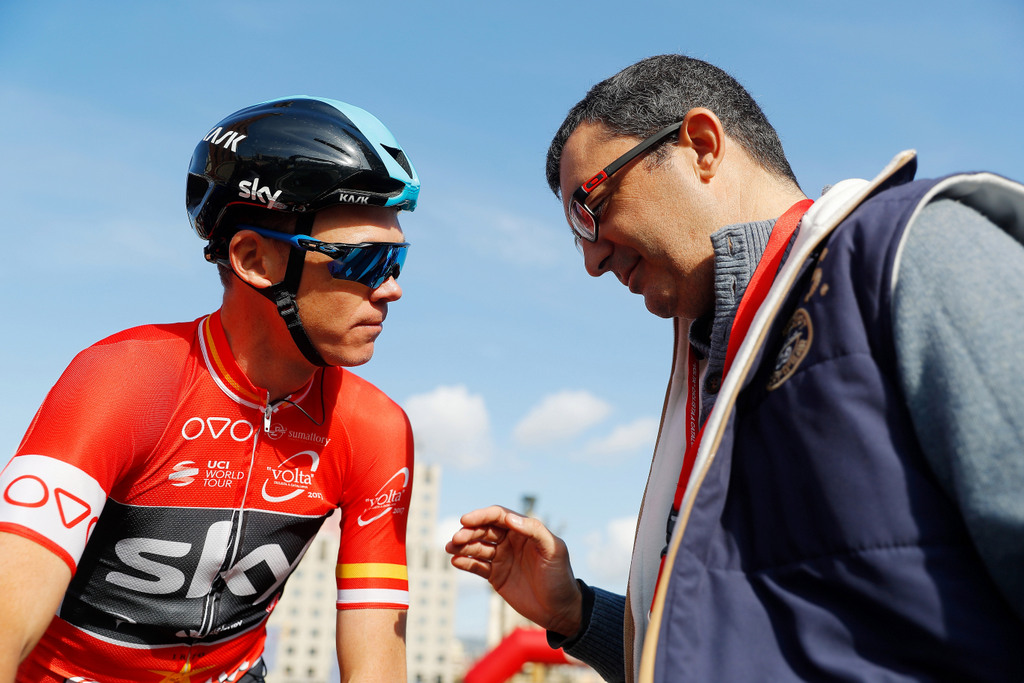
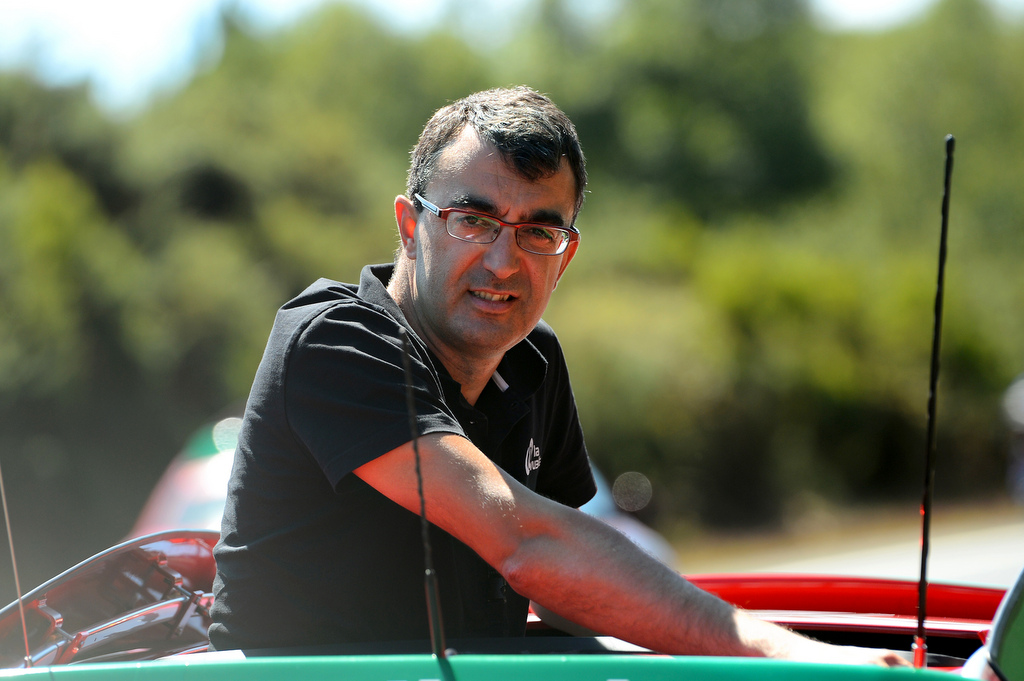
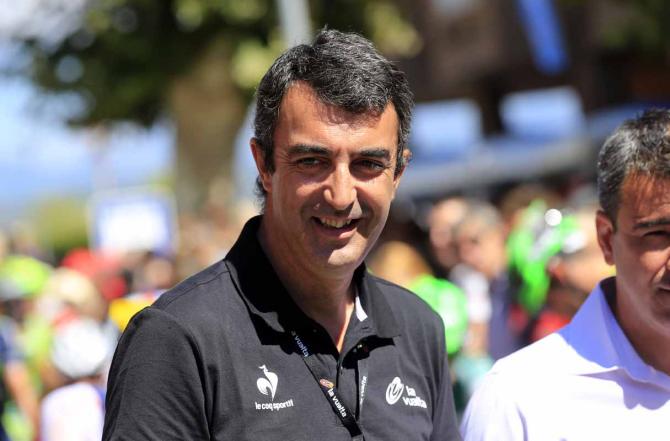
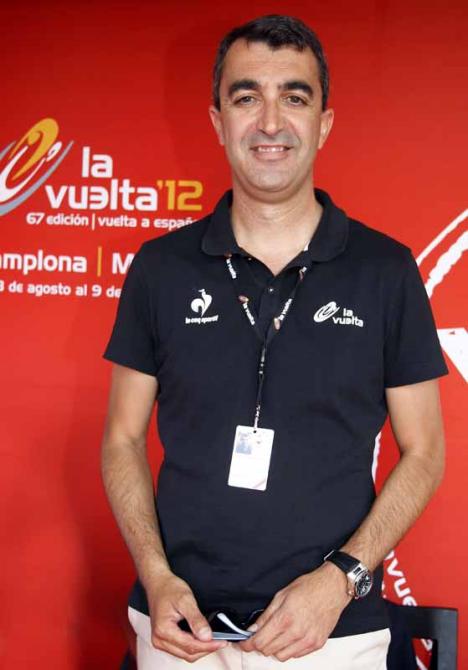
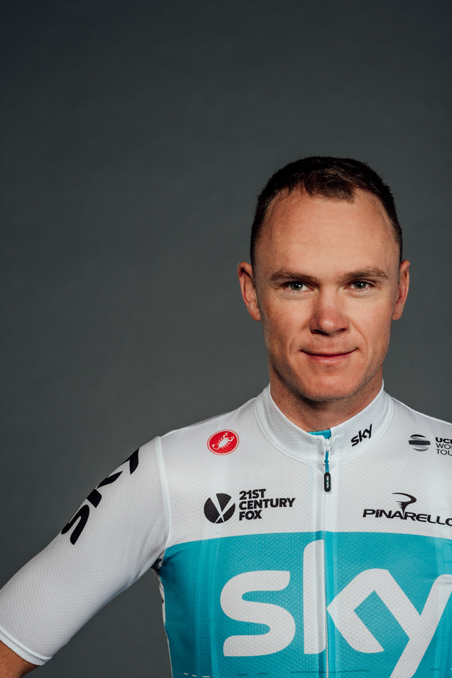
Vuelta a España director Javier Guillén has described Chris Froome's adverse analytical finding (AAF) for salbutamol in last year's race as a "heavy blow" and says he hopes the case will be resolved soon.
Leaking of Chris Froome salbutamol case is a blow to cycling's reputation, says British Cycling CEO
2018 Vuelta a Espana route revealed
Analysis: Vuelta a Espana's tough Pyrenean finale could be a double-edged sword
Alberto Contador: A fast decision on Chris Froome case would be for the best
Nairo Quintana, Landa and Valverde could race 2018 Vuelta a Espana
"We just hope it is sorted out soon," Guillen told Cyclingnews after the presentation of the Vuelta route for 2018 on Saturday in the southern city of Estepona. "It's concerning. We can't take any part in it, either in favour or against, obviously, but as the curtain goes up on the 2018 season, we need some certainty. And the sooner the better."
Speaking later to the Spanish news agency EFE, Guillén described the news of Froome's AAF as a "heavy blow."
The UCI has revealed that Froome returned an AAF at the 2017 Vuelta a España for twice the permissible dose of the asthma medication salbutamol. The test took place September 7 following stage 18 of the Vuelta, a race which Froome won overall.
In terms of the 2018 route, Guillén acknowledged to Cyclingnews that "the opening section is a bit easier than last year. But it hasn't lost the essence of what the first Vuelta week is, with three summit finishes in the opening nine days. But I'd say the decisive part of the race is pretty much the same, even if there are three summit finishes in the second weekend."
Summit finishes at La Camperona, Praeres and Lagos de Covadonga feature on stages 13, 14, and 15, which is a tougher combination than in the 2017 Vuelta, which had the Sierra de la Pandera and Sierra Nevada summit finishes at an equivalent point in the race.
"La Pandera isn't so much a full blown mountain climb as a very steep final slope, and it's extremely difficult, as is Lagos de Covadonga, of course. And we've got the same format as last year of a third week time trial [on stage 16] immediately followed by a summit finish [to Monte Oiz on stage 17 – ed.]
Get The Leadout Newsletter
The latest race content, interviews, features, reviews and expert buying guides, direct to your inbox!
While the opening part of the Vuelta may appear gentler than in recent years, Guillen insisted that the route was only part of the story.
"What does that mean, that it's easier or harder than other years?" Guillen said. "The riders, ultimately, are the ones to tell us that. But yes, I think it's slightly easier than in previous editions, no doubt about that."
There are also several 'ambush' stages, with tougher terrain than the riders might expect on a day with few classified climbs.
Stage 5 runs through the mountains south of Granada, while stage 6, which runs partly along the coastline of the region of Murcia, "will see echelons form for sure," according to local rider Alejandro Valverde (Movistar).
Stage 12 through Galicia to Estaca de Bares carries its own difficulties, says 2006 Tour de France winner Oscar Pereiro, who was born in the area. "It isn't overly hard but it's typical Galician terrain, barely a metre of flat."
Guillén added that "The idea of stages like that is to keep the spectators glued to their televisions, even when there isn't a summit finish, because the race will be more unpredictable."

Alasdair Fotheringham has been reporting on cycling since 1991. He has covered every Tour de France since 1992 bar one, as well as numerous other bike races of all shapes and sizes, ranging from the Olympic Games in 2008 to the now sadly defunct Subida a Urkiola hill climb in Spain. As well as working for Cyclingnews, he has also written for The Independent, The Guardian, ProCycling, The Express and Reuters.
